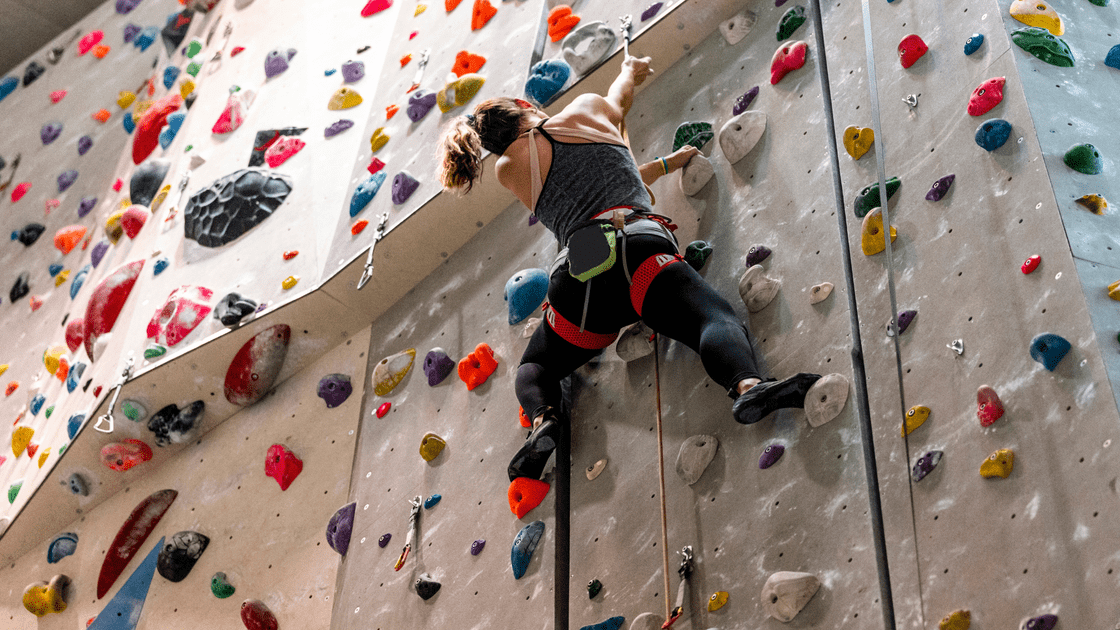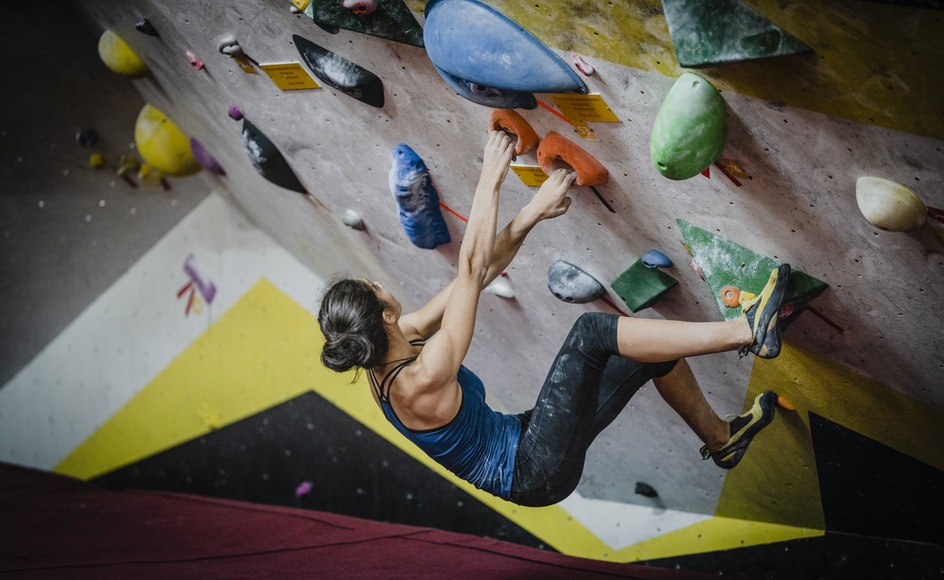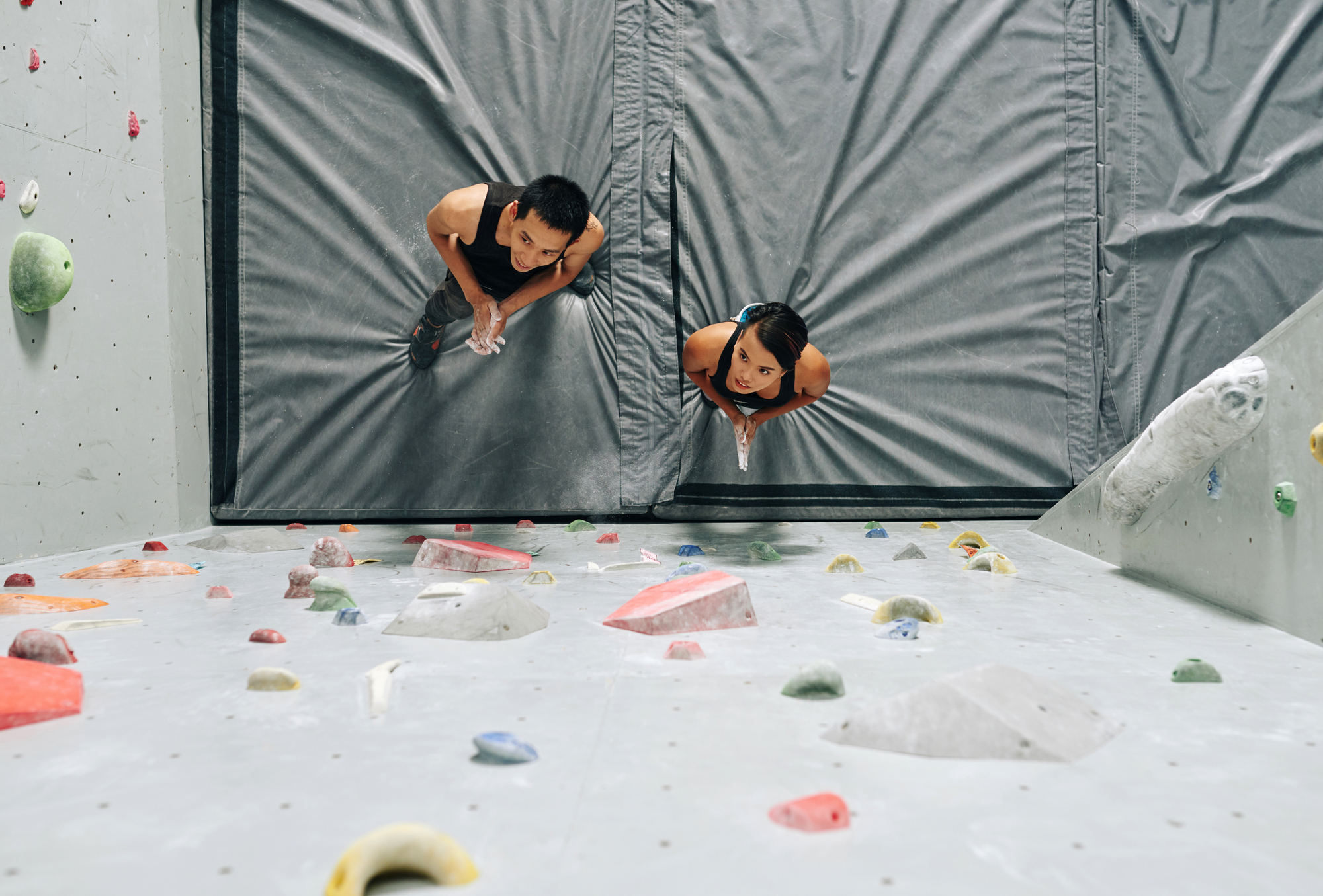Bouldering is a sport anyone can enjoy, regardless of their fitness or climbing experience. It's a full-body workout that helps you build muscle mass and improves motivation and focus.
While it's fun to climb walls outside and bask in some sunshine and fresh air, bouldering is just as fun indoors! Even though many gyms near you have bouldering walls to exercise with, a climbing wall in your house is more convenient.
For one, you can work out whenever you want! No rush-hour traffic or waiting for gym equipment to be vacant.
Additionally, you can customize your bouldering workout to fit your needs and preferences instead of relying on limited options.
And overall, wall climbing at home is significantly cheaper than paying for a gym membership.
This article walks you through the benefits of bouldering indoors and the factors to consider when building an indoor climbing wall, including indoor space. Let's go!
How Much Space Do You Need For an Indoor Climbing Wall?
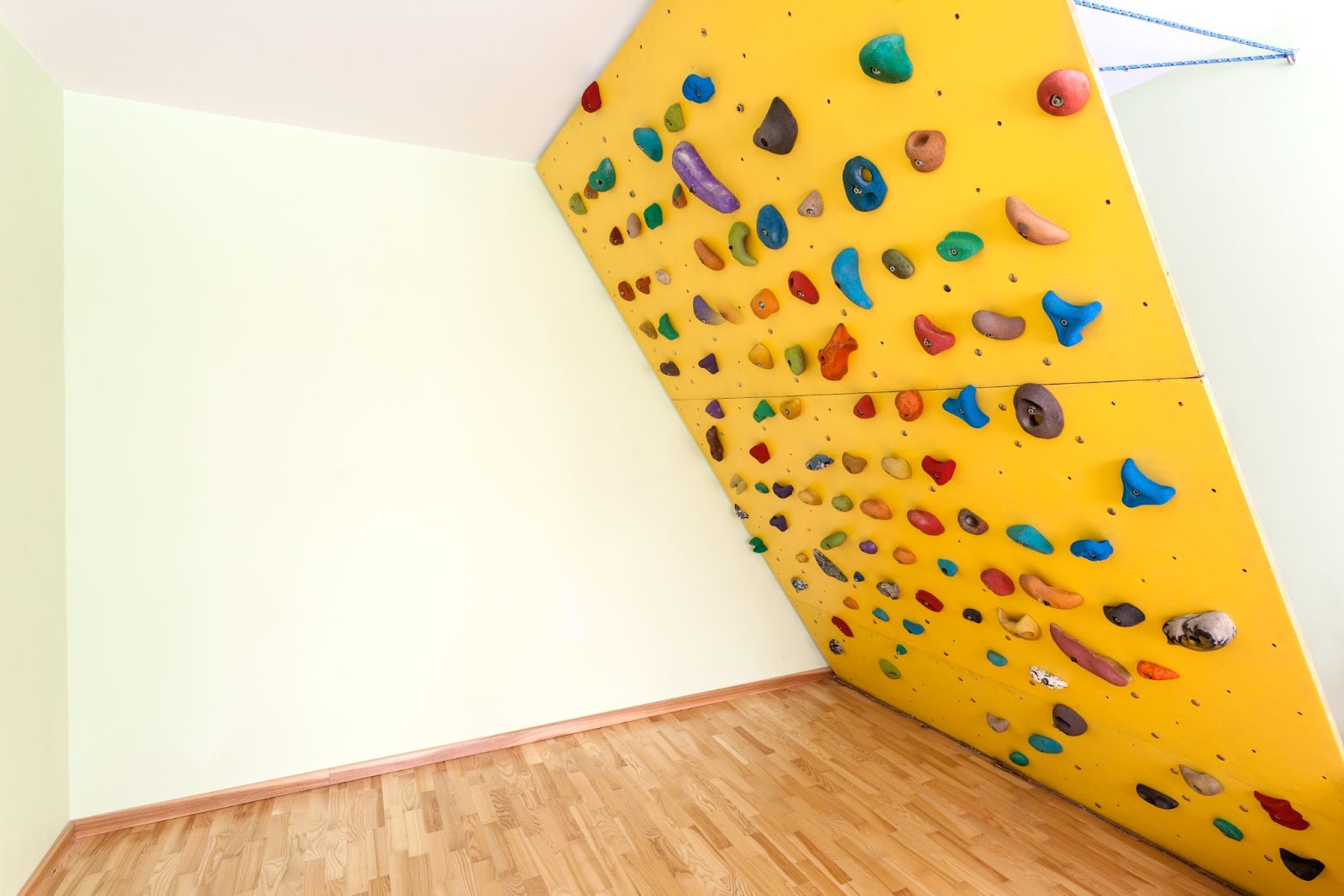
Build your home climbing wall with a minimum of 8 feet in width. You should have a wall space of 12-18 feet for proper installation. As for ceiling height, measurements will depend on what kind of wall you're trying to build:
- If you're building a vertical wall, it should be at least 6 to 8 feet tall.
- If you're building an overhanging wall, it should be between 8 to 14 feet tall.
And while building your custom climbing wall is a great idea, most people these days purchase pre-made bouldering walls for easier installation.
The typical bouldering wall kits include 6 to 9 climbing slabs with plenty of colored climbing holds. The slabs are usually 7 feet high and 10-11 feet wide.
The kits are easy to install, but they're also easy to remove, making them the perfect choice for people who live in temporary residences.
However, these kits can only be installed vertically. If you opt for an overhanging wall, building a custom one is the better way to go.
What Should I Consider in Building an Indoor Bouldering Wall?
- The layout construction of the room.
- The number of people who'll use the wall.
- The intended purpose of the bouldering wall.
- The ceiling height.
- The bouldering wall's angle.
Consider Your Room Layout
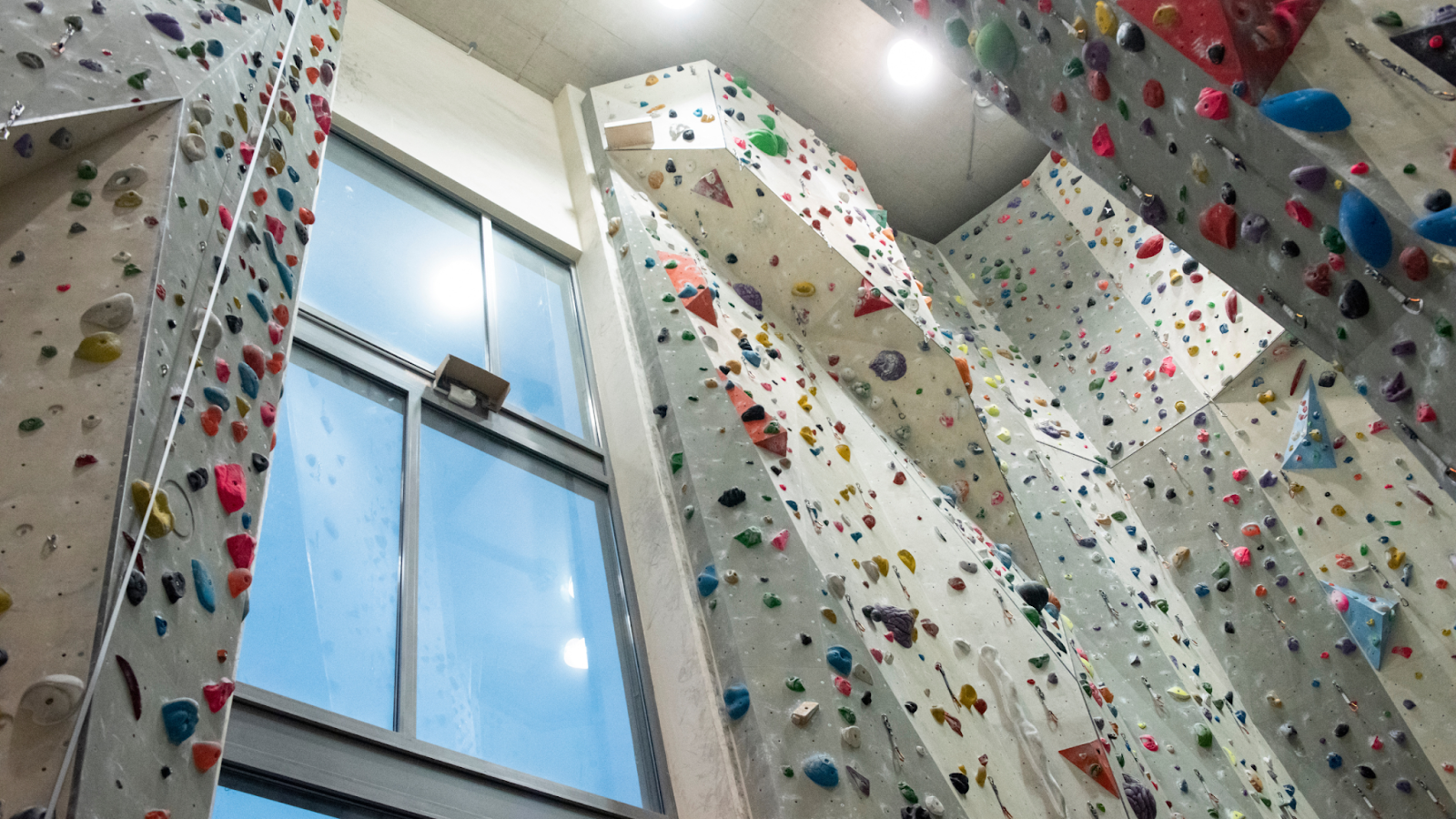
When designing your home bouldering wall, it is crucial to consider the layout of your room.
Any indoor bouldering wall needs at least 12-18 inches of space on all sides for proper installation.
Consider Who'll be Using the Wall
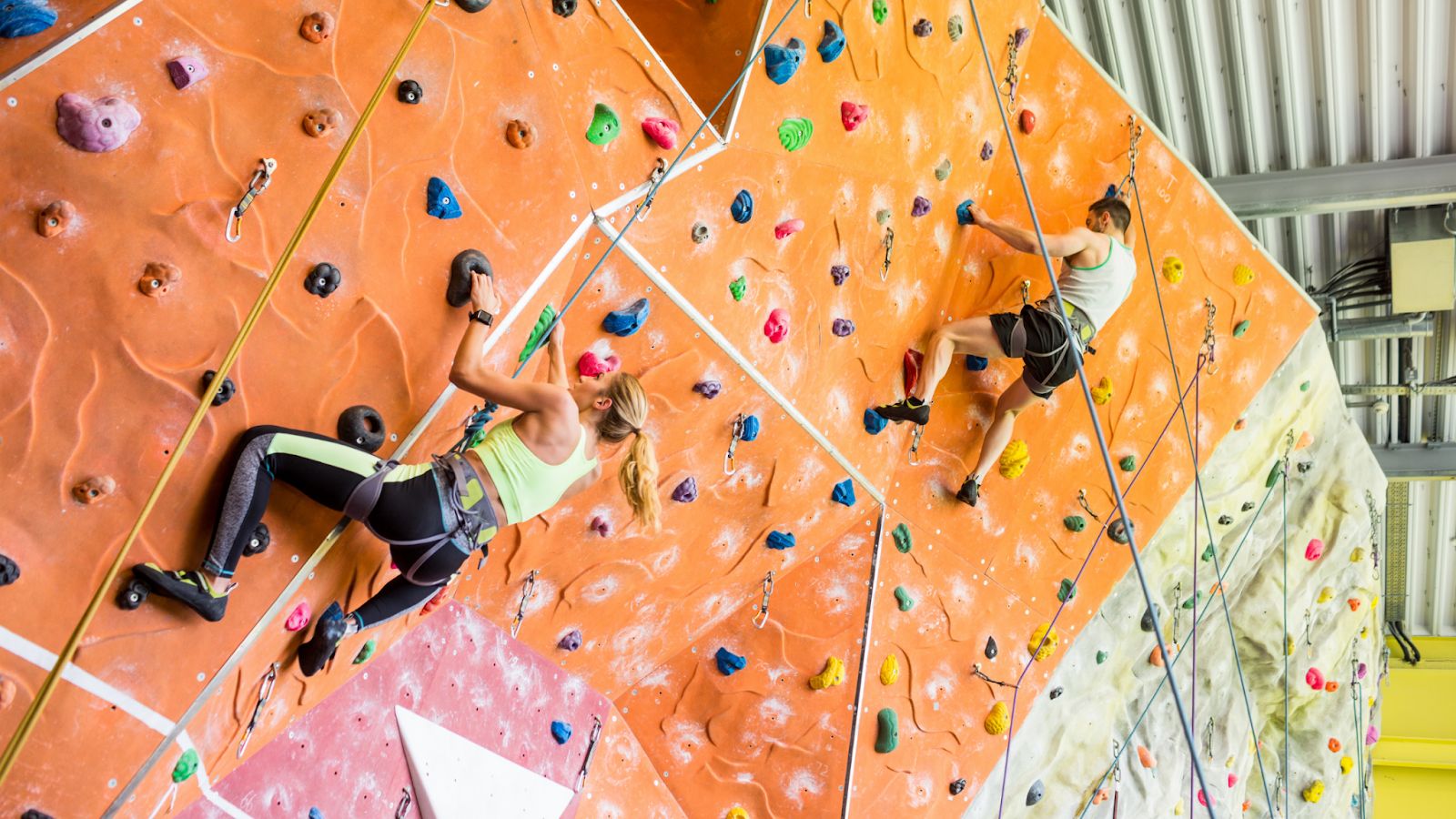
Your bouldering wall's size will also depend on the number of people using it. For example, if you only have one person who wants to boulder, a small wall would work fine.
However, if you have a group of friends who wish to boulder together, you'll need to build a more oversized wall.
Consider the Intended Purpose of the Wall
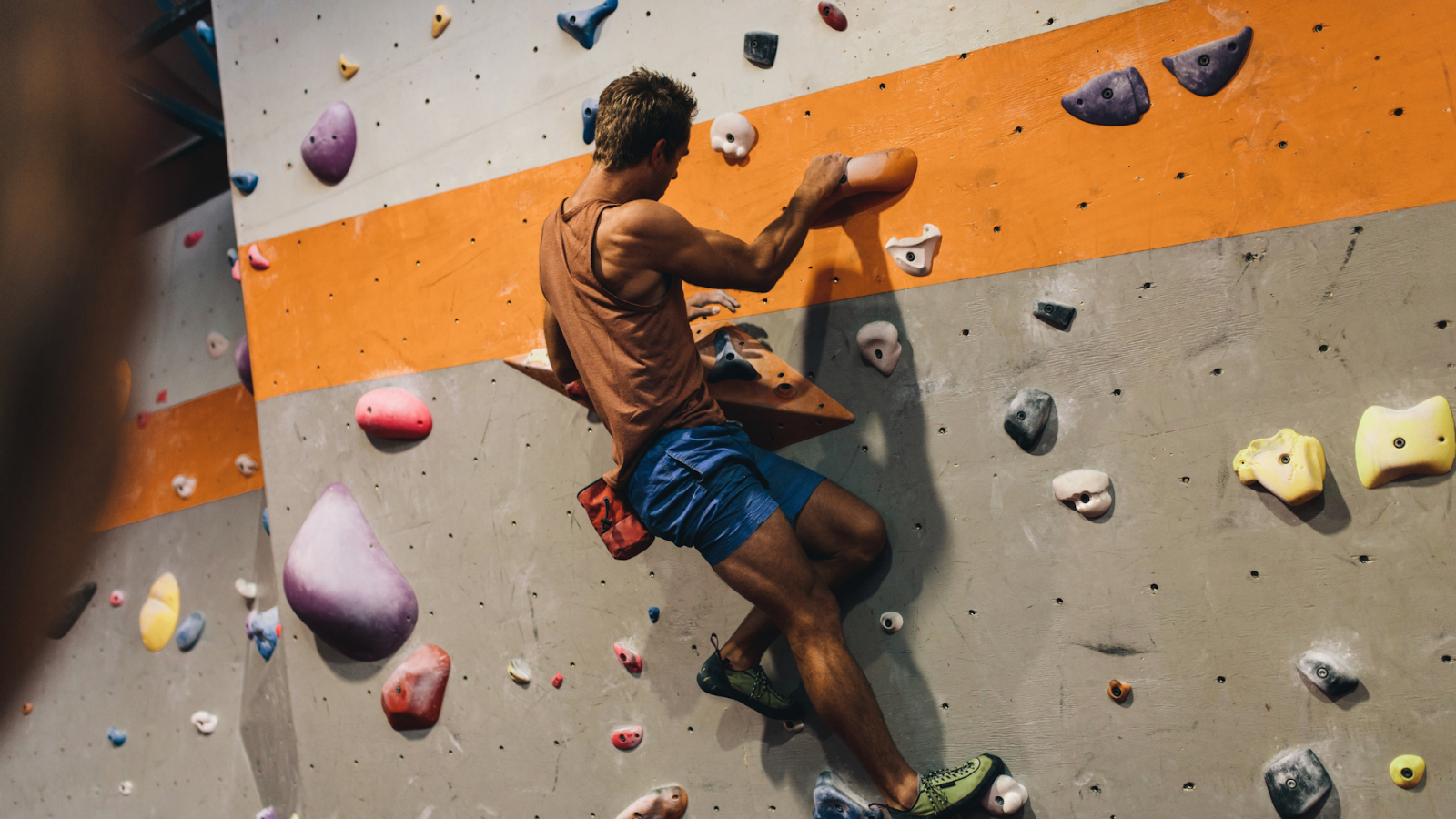
If you're a beginner in the sport, or if you would like kids to climb with you, it's likely a good idea to focus on building a vertical wall first. However, if you already have a good climbing foundation, you can choose to make an overhanging wall.
You can mix and match vertical and overhanging walls to give yourself a little more challenge.
Consider the Wall's Angle
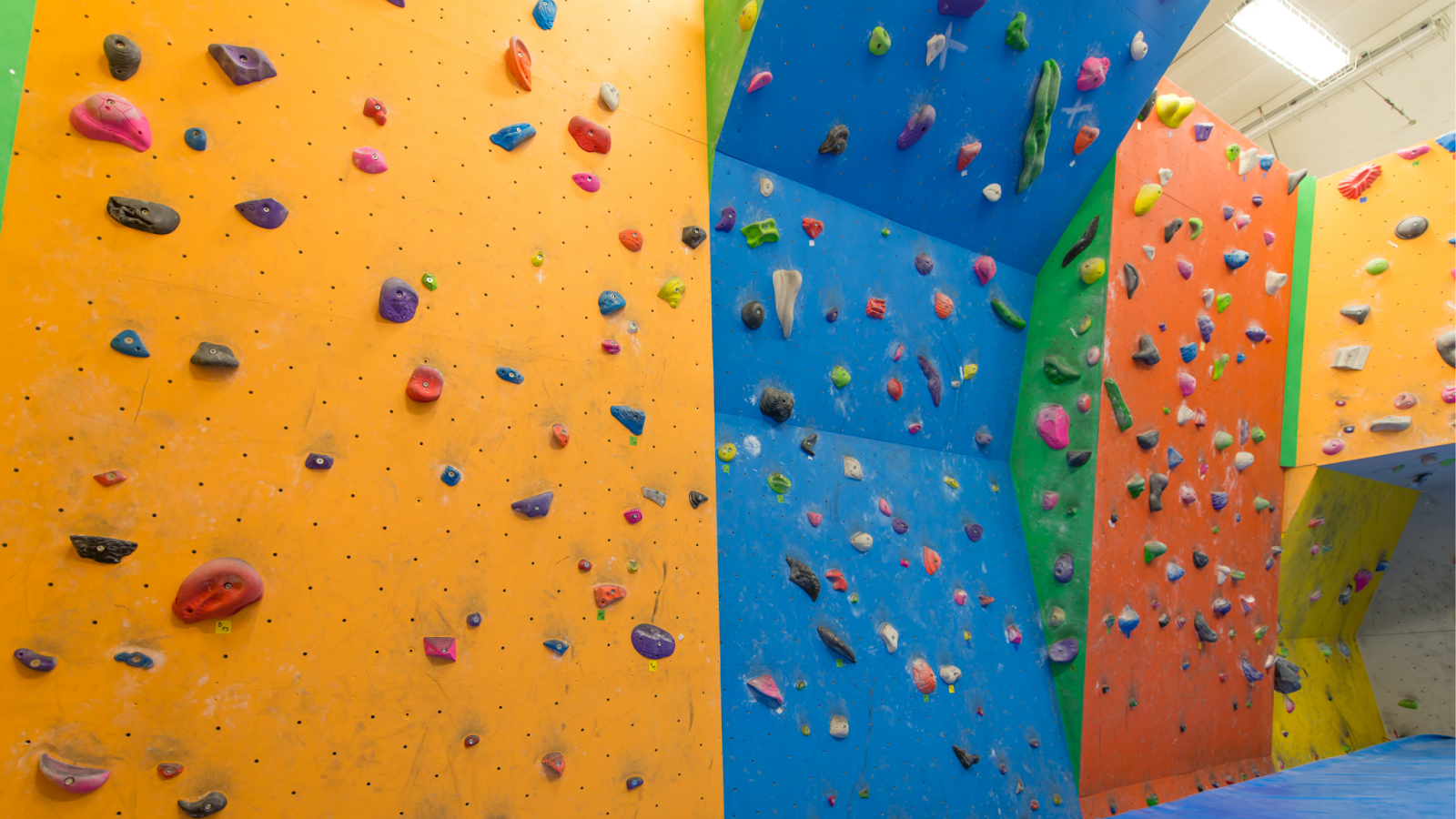
In considering your indoor wall's angle, note that the bigger the angle size, the more space the wall occupies. Smaller angles are challenging too, so this is up to your preference.
Stylish bouldering roofs might seem remarkable today, but clean flat overhanging walls of 20 to 35 degrees offer the most variety for any climber. If you want to work your core muscles, build 45-degree walls.
If you have a short ceiling height, build the angle base with a minimum of 2" x 4" and 2" x 6" lumber frames. You'll need larger lumber frames if you have a taller ceiling.
Be sure to pick a climbing angle that fits you, your experience level, and what kind of climbing you want.
Where are the Best Locations at Home for a Bouldering Wall?
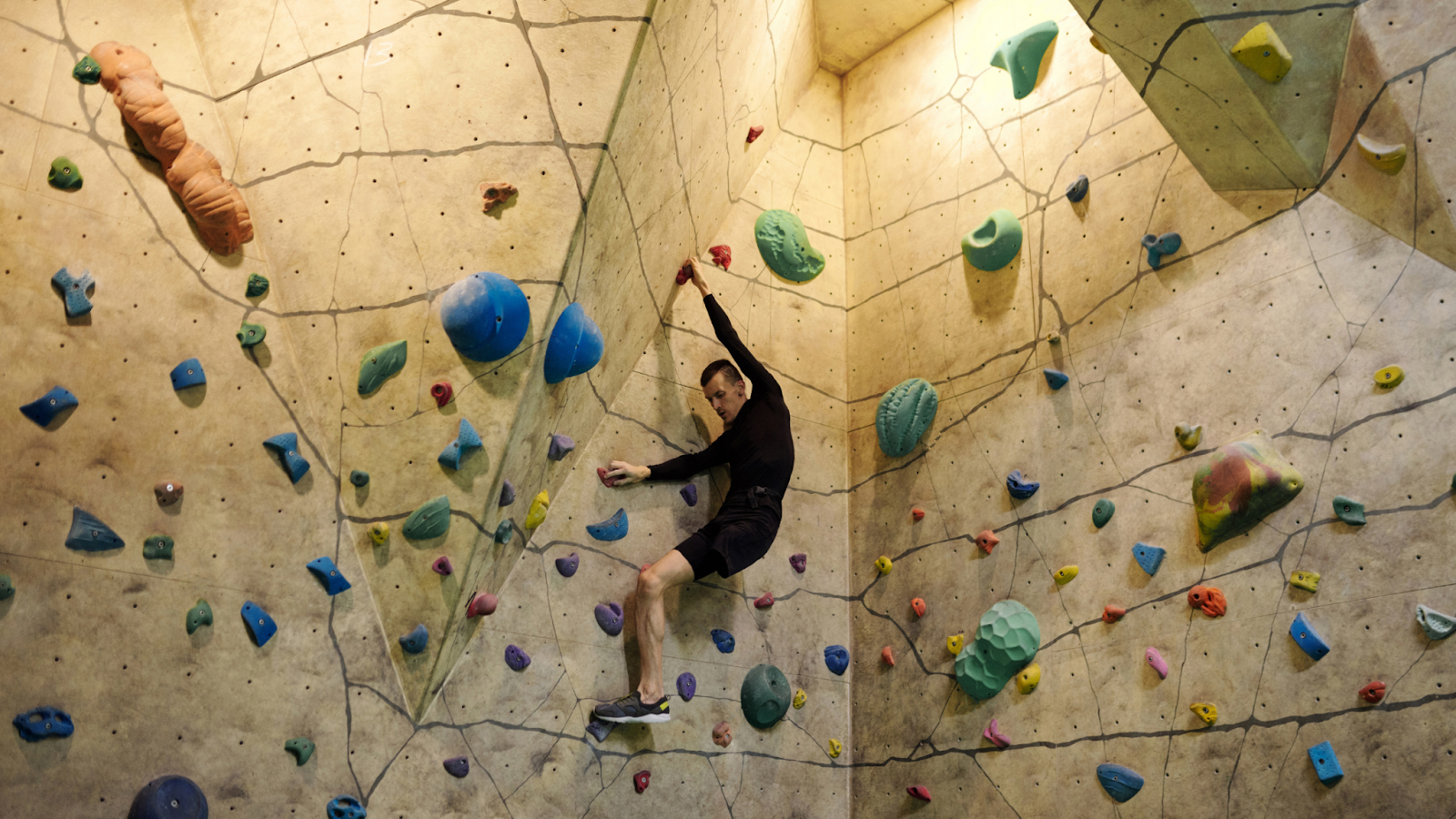
In the Garage
The garage is the best place to build a bouldering wall in your home. It's got plenty of room to work with, concrete walls to anchor your climbing walls, and you won't need to worry about making a mess. Just be sure to account for any external obstacles like pipes or wires.
In the Kids' Playroom
This is an excellent area to build a wall if you have a bonus room, especially when you want kids to participate. Indoor climbing is a fun activity with kids any day, especially when it's raining or snowing outside.
Inside the Basement or the Attic
Your basement and attic are other ideal spaces to create bouldering walls. These areas are typically unfinished and have plenty of room without affecting other house areas.
Outside in the Garden
Building a home bouldering wall by the garden is another fantastic idea. You will have a great place to boulder within your home space, but you'll also get some fresh air and sunshine. You could even add a climbing frame or other structures for you and your children to play on. You will also have much more flexibility with type of wall, height, and width, since you're not constrained by the size of a room. However, properly anchoring the wall outside might be trickier.
Conclusion
If you're thinking of building an indoor bouldering wall, you're in for a fun and challenging project!
But like with any project, always consider the basic steps you need to get started. Take note of how much space you need, how many people will use it, and how challenging you want your climbing routes to be.
The best part about bouldering indoors is customizing your climbing routes to get more improved fitness results. Unlike working out in the gym, indoor climbing definitely provides better convenience and lets you work out at your own pace.

